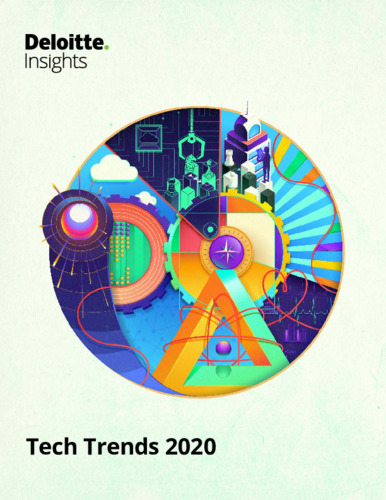- Home >
- Services >
- Access to Knowledge >
- Trend Monitor >
- Source of threat >
- Trend snippet: Digital reality, cognitive technologies, and blockchain as disruptive technology
Trends in Security Information
The HSD Trendmonitor is designed to provide access to relevant content on various subjects in the safety and security domain, to identify relevant developments and to connect knowledge and organisations. The safety and security domain encompasses a vast number of subjects. Four relevant taxonomies (type of threat or opportunity, victim, source of threat and domain of application) have been constructed in order to visualize all of these subjects. The taxonomies and related category descriptions have been carefully composed according to other taxonomies, European and international standards and our own expertise.
In order to identify safety and security related trends, relevant reports and HSD news articles are continuously scanned, analysed and classified by hand according to the four taxonomies. This results in a wide array of observations, which we call ‘Trend Snippets’. Multiple Trend Snippets combined can provide insights into safety and security trends. The size of the circles shows the relative weight of the topic, the filters can be used to further select the most relevant content for you. If you have an addition, question or remark, drop us a line at info@securitydelta.nl.
visible on larger screens only
Please expand your browser window.
Or enjoy this interactive application on your desktop or laptop.
Digital reality, cognitive technologies, and blockchain as disruptive technology
- Digital reality technologies have the goal to promote more natural user engagement by seamlessly extending a human-centric experience beyond the confines of keyboards and screens. Commercial application is growing, for example: many companies are using digital reality technologies to deepen emotional connections and empathy among customers and employees.
- Cognitive technologies have the potential to transform nearly every industry. These technologies personalize and contextualize the human-technology interaction, allowing businesses to provide tailored language- and image-based information and services, with
minimal or no human involvement. Demand for these technologies is skyrocketing.
- Financial services and fintech companies continue to lead blockchain development, but other sectors are also advancing blockchain initiatives.
Today’s disruptors—digital reality, cognitive technologies, and blockchain—are the descendants of experience, analytics, and cloud. As the change agents of the coming decade, these newer trends may no longer be considered novel, but they’re on the cusp of becoming as familiar and significant as their predecessors.
Digital reality technologies, including AR/VR, mixed reality, voice interfaces, speech recognition, ambient computing, 360° video, and immersive technologies, promote more natural user engagement by seamlessly extending a human-centric experience beyond the confines of keyboards and screens. The goal is natural, intuitive, and potentially imperceptible interactions with underlying technologies. Commercial applications of digital reality are growing.9 For example, as discussed in human experience platforms, many companies are using digital reality technologies to deepen emotional connections and empathy among customers and employees. And in digital twins, we see how digital reality can help bring the digital twin to life. Using AR, a manufacturer can provide its workers with a view into 3D content from a digital twin, improving worker productivity.
Cognitive technologies, such as machine learning, neural networks, robotic process automation, bots, natural language processing, neural nets, and the broader domain of AI, have the potential to transform nearly every industry. These technologies personalize and contextualize the human-technology interaction, allowing businesses to provide tailored language- and image-based information and services, with minimal or no human involvement. Demand for cognitive technologies is skyrocketing—IDC forecasts spending to reach US$77.6 billion in 202211—although their potential benefits are accompanied by significant trust and tech ethics considerations. As we discuss in ethical technology and trust, a company can help build a reputation as a trusted global brand by being transparent about the use of cognitive technologies, evaluating the impact on customer trust, and proactively seeking to understand and mitigate the effects on customers and their data.
Blockchain is a critical technology priority for more than half of those who participated in Deloitte’s 2019 Global Blockchain Survey, a 10-point increase from 2018. Eighty-three percent could identify compelling blockchain use cases, a 9-point increase from the previous year. Results suggest that in 2019, the topic of enterprise blockchain discussions shifted from, “Will blockchain work?” to, “How can we make blockchain work for us?”12 Financial services and fintech companies continue to lead blockchain development, but other sectors—notably, government, life sciences and health care, and technology, media, and telecommunications—are also advancing blockchain initiatives.13 Similar to cloud, our architecture awakens trend discusses how blockchain provides architects with an opportunity to do bold new things, disrupting the status quo as they work on multidisciplinary teams to help achieve business outcomes.




